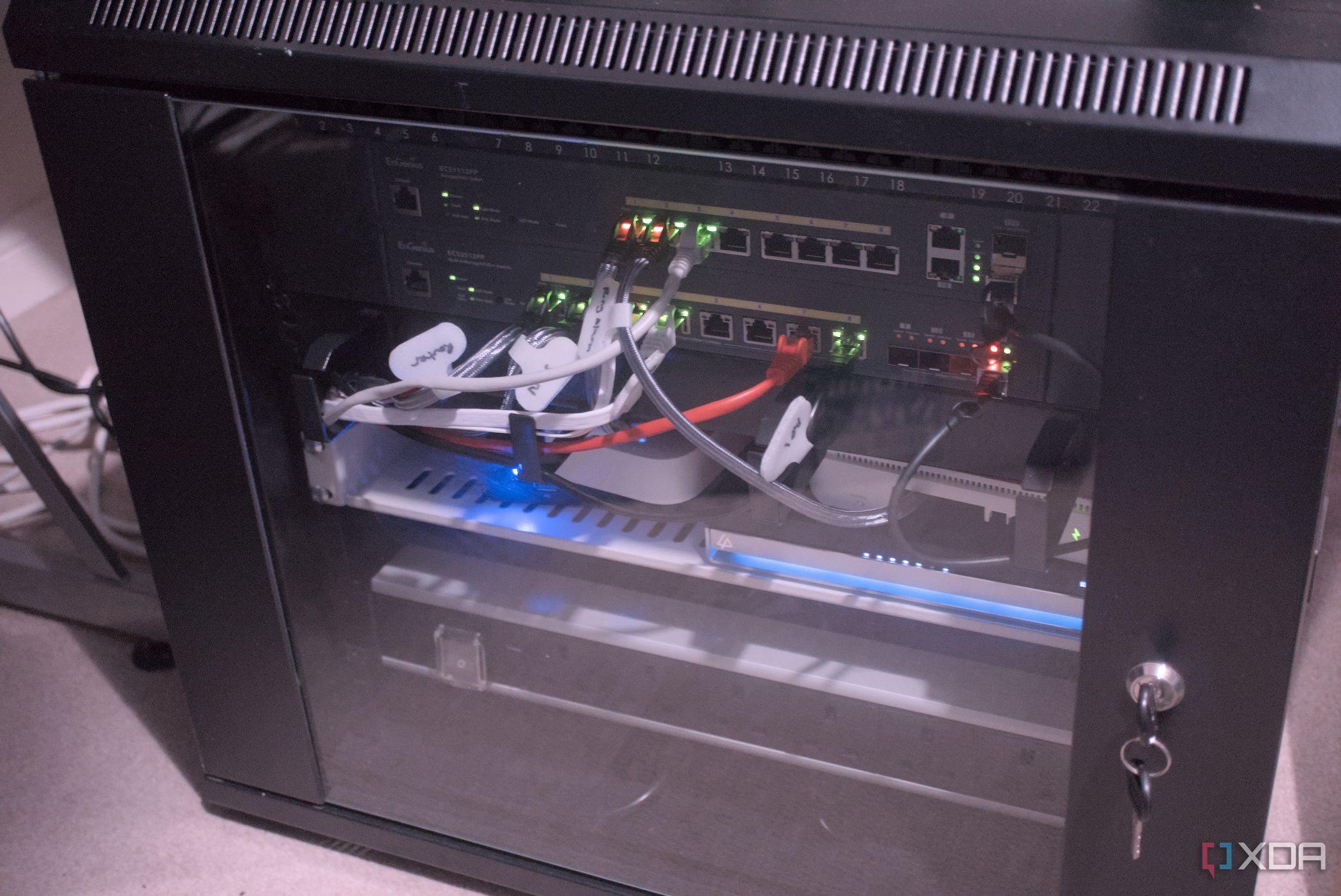7 network security myths that make you less secure
Number 5 interested me specifically as I recently installed Zenarmor to monitor my network from the inside using packet inspection. It demonstrated point 5 quite well in showing what the apps on mobile phones actually get up to in the background. I did a post a day or two back about that one ad-tracking app that tries to push lots of information out, but Zenarmor identified and blocked it.
The point is, we have phones and desktop computers behind the firewall that are installing sometimes suspect applications. The apps can scan networks, can watch keystrokes, report location, and lots more. It is not wise to think the firewall is just keeping everything out, when we have brought these apps inside, and they are calling out with data. Your firewall may block all inbound traffic, but various apps, IoT devices, cameras, open their own pipes to the outside world. Even worse, some still have their default admin and password as their login credentials.
So, the linked article is good food for thought. One has to think a bit deeper than just the main router, and especially if you are sitting with a default router that your ISP gave you for free with your Internet service. If your router is no longer getting firmware updates (you do update it regularly, don't you?) then you should be thinking about replacing it.
My own case is a bit more exposed, as I host some services from home. My post a few months back, after I had installed OPNsense as the firewall, showed the constant barrage of hits from outside against the firewall. 99.9% of this is all automated, so no-one is worried about whether your setup is a juicy target or not, as everything gets hit from outside today.
See
7 network security myths that make you less secure
It's time to put some network security myths to rest.
#
technology #
security #
networking